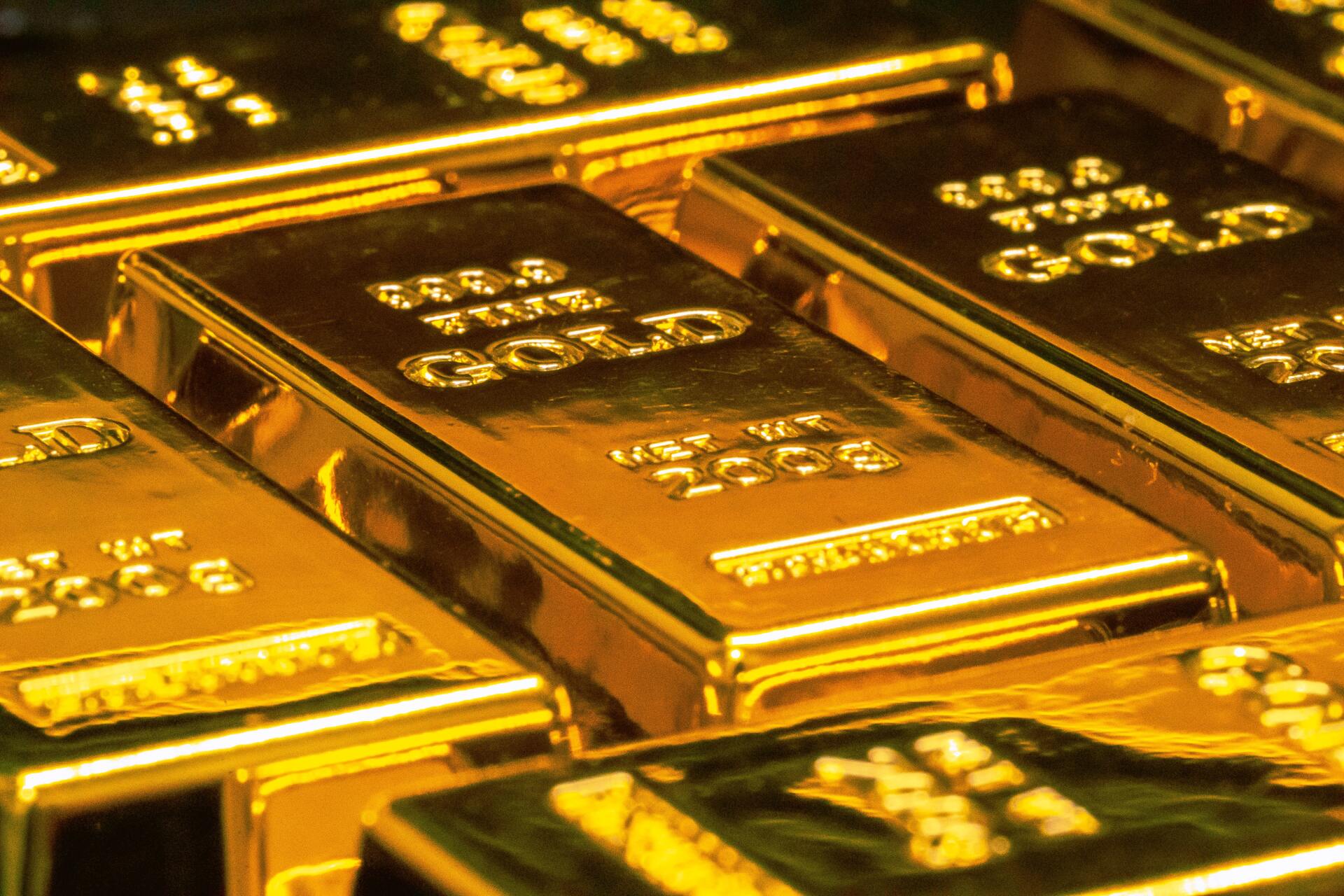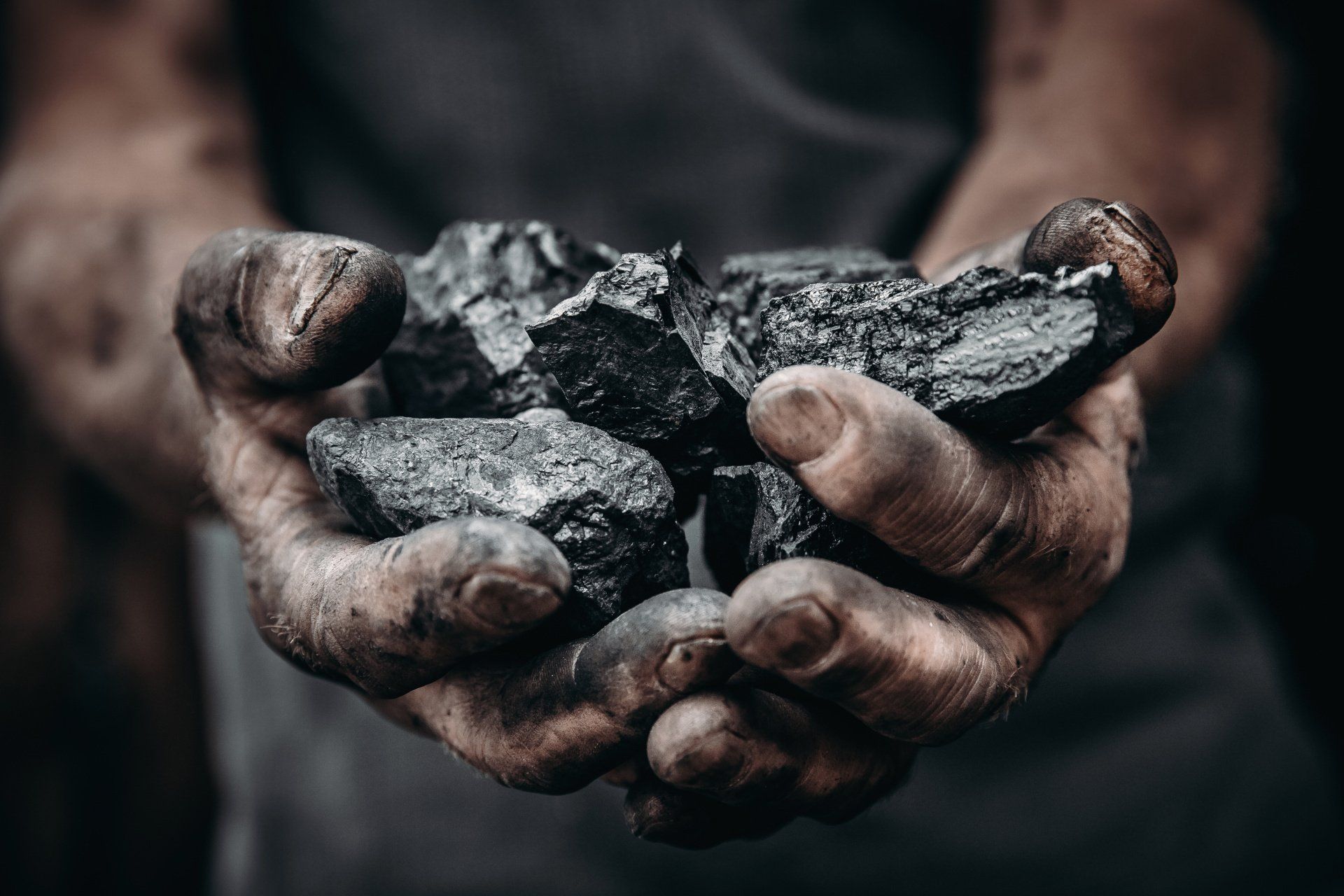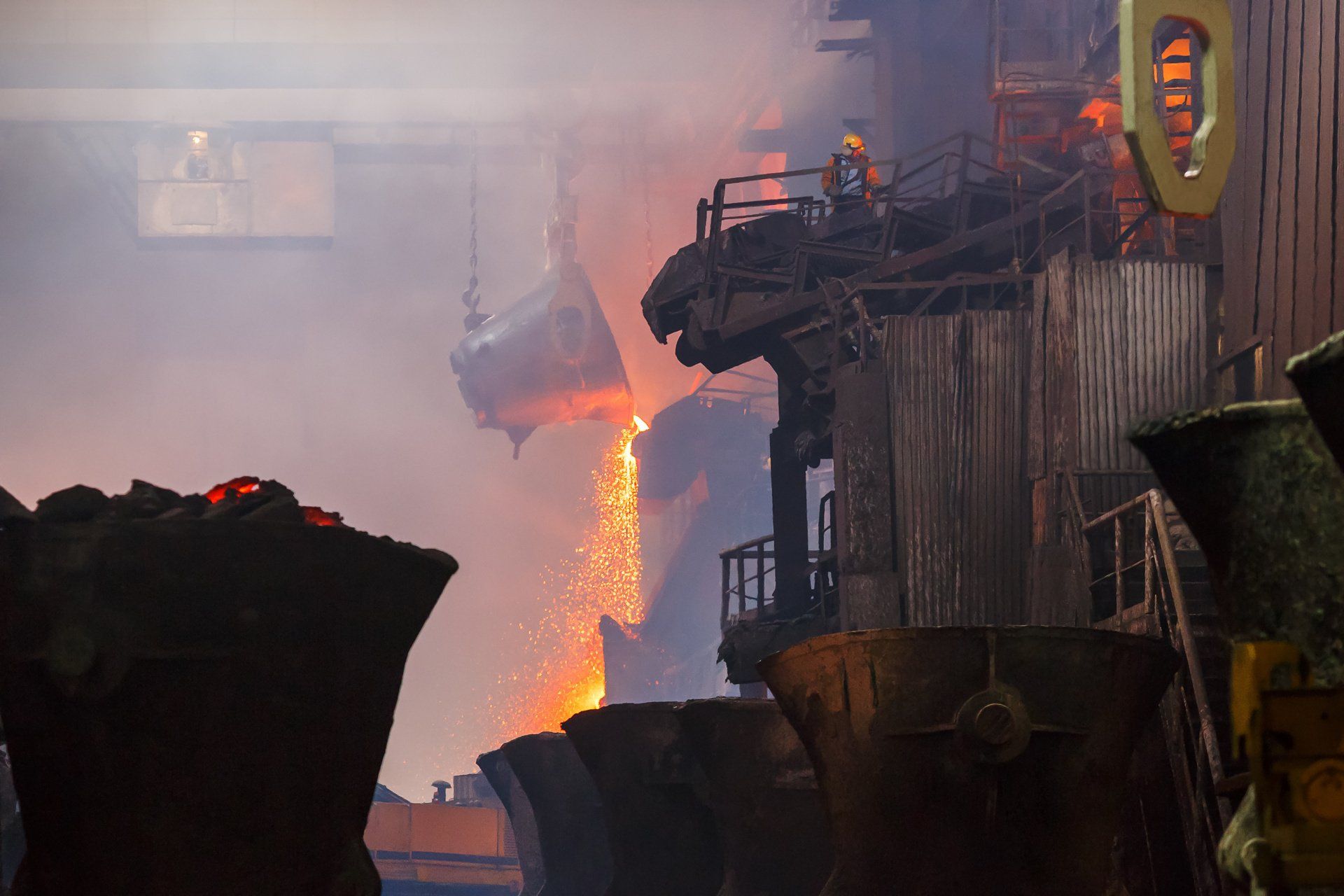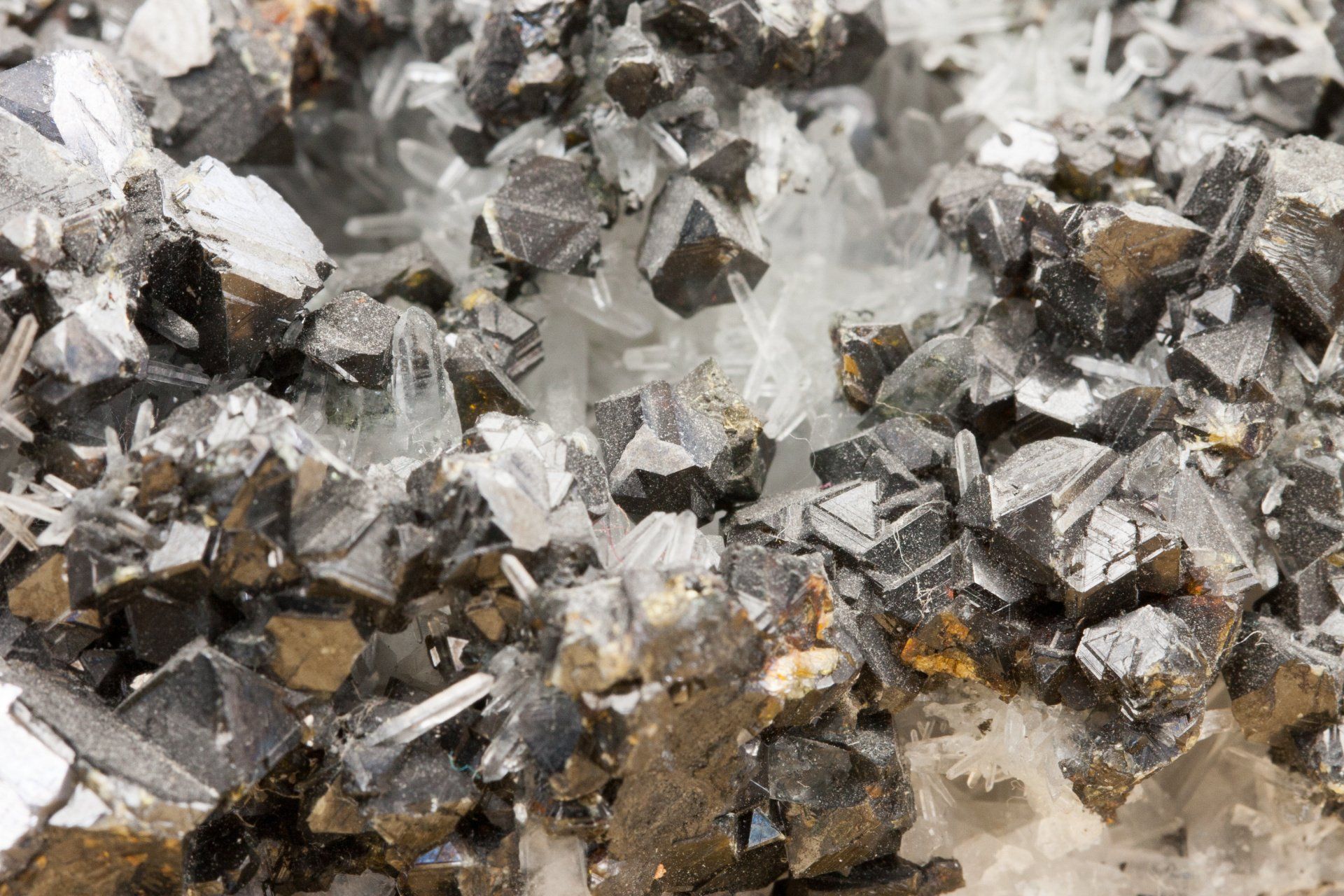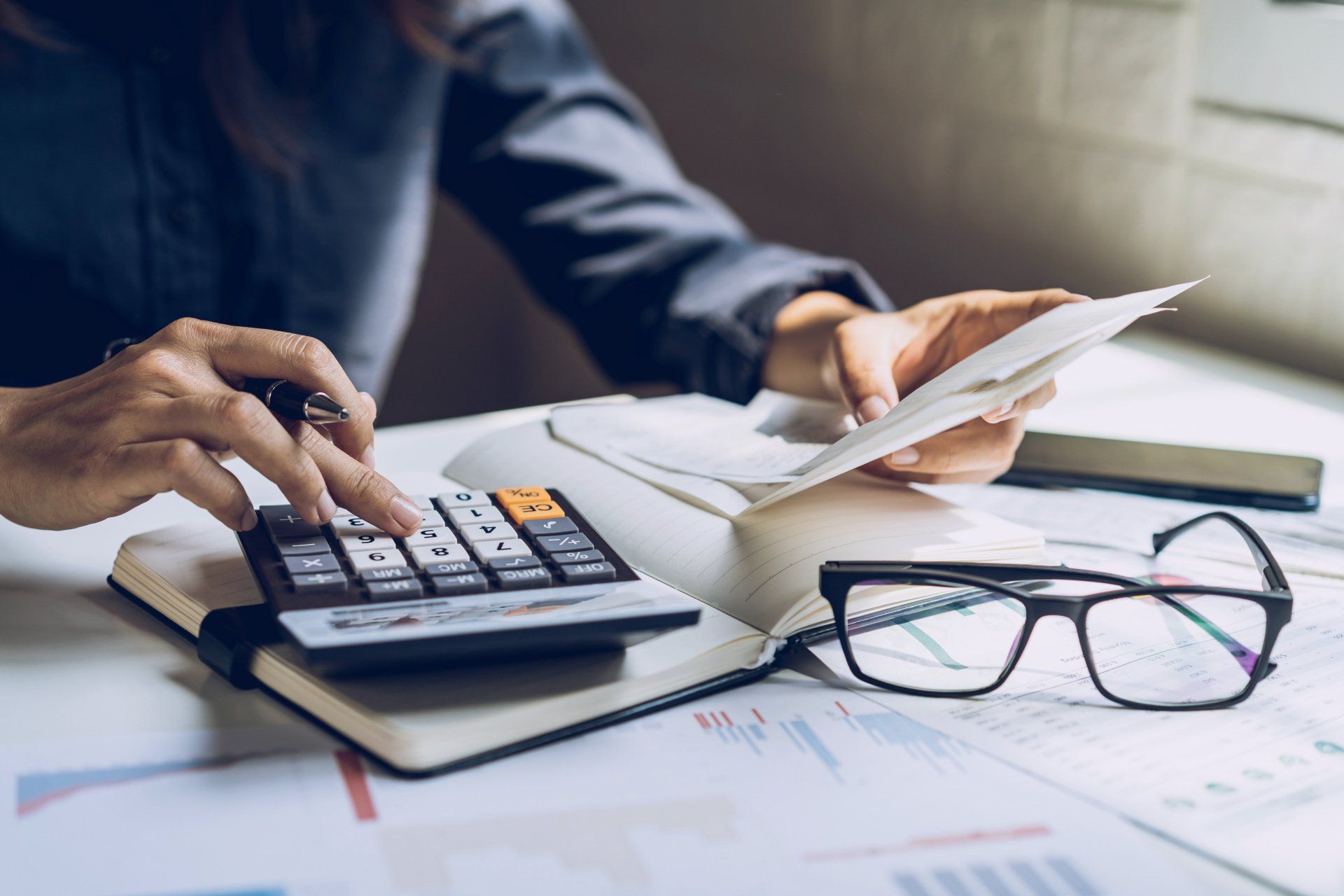Contact Us
020 3350 1471
GLOBAL
PACIFIC SERVICES
Are Precious Metals a Good Investment?
If you've been thinking about creating an investment portfolio, you've probably thought about buying gold, silver and/or other precious metals. When starting an investment portfolio, many people start with stocks. However, novice investors soon realise that being 100% in stocks can be a problem during a meltdown on the equities market. That’s typically when the investors begin to look at other investments and begin to take a look at precious metals as a possible addition to their portfolio.
But are precious metals really a good investment? Here's a breakdown of what precious metals are and if we think they are good additions to a growing investment portfolio:
What Are Precious Metals?
Precious metals are metals that are rare and have a high economic value, due to various factors, including their scarcity, use in industrial processes, and role throughout history as a store of value. The most popular precious metals with investors are gold, platinum, silver and palladium.
Gold
Let's start with the precious metal most of you are wanting to know about: gold.
Gold is unique for its durability (meaning it doesn't rust or corrode), malleability, and ability to conduct both heat and electricity. It has some industrial applications in dentistry and electronics, but we know it mainly as a base for jewellery and as a form of currency.
The value of gold is determined by the market 24 hours a day, seven days a week. Gold trades tend to be a function of sentiment—meaning its price is less affected by the laws of supply and demand. To put it simply, when hoarders feel like selling, the price drops. When they want to buy, a new supply is quickly absorbed and gold prices increase.
There are several reasons for an increased desire to hoard gold, they are:
- Systemic financial concerns: When banks and money are perceived as unstable, or political stability is questionable, gold is often sought out as a safe store of value.
- Inflation: When real rates of return in the equity, bond, or real estate markets are negative, people tend to hold on to gold as an asset that will maintain its value.
- War and political crises: Both war and other political crises have always sent people into a gold-hoarding mode. An entire lifetime's worth of savings can be made portable and stored until it needs to be traded for foodstuffs, shelter, or safe passage to a less dangerous destination.
Silver
Unlike gold, the price of silver swings between its perceived role as a store of value and its role as an industrial metal. This means price fluctuations in the silver market are more volatile than gold.
So, while silver will trade roughly in line with gold as an item to be hoarded, the industrial supply and demand equation has a strong influence on its price. That equation has always fluctuated with new innovations, including:
- Silver-based photographic film has been eclipsed by the advent of the digital camera.
- The rise of a vast middle class in the emerging market economies of the East created an increased demand for electrical appliances, medical products, and other industrial items that require silver. Silver's properties make it a desired commodity.
- It's use in batteries, superconductor applications, and microcircuit markets etc.
Silver's price is affected by its applications and is not just used in fashion or as a store of value.
Platinum
Like gold and silver, platinum is traded around the clock on commodity markets worldwide. It's often a higher price (per troy ounce) than gold during routine periods of market and political stability due to its rarity. Far less of the metal is actually pulled from the ground annually.
Other factors that determine the price of platinum include:
- Platinum is considered an industrial metal, just like silver. The greatest demand for platinum comes from automotive catalysts, which are used to reduce the harmfulness of emissions. After this, jewellery accounts for the majority of demand. Then petroleum, chemical refining catalysts and the computer industry use up the rest.
- Because of the auto industry's heavy reliance on metal, platinum prices are determined in large part by auto sales and production numbers.
- Platinum mines are heavily concentrated in only two countries—South Africa and Russia. This creates greater potential for cartel-like action that would support or even artificially raise platinum prices.
Those looking to invest in platinum should consider that all of these factors serve to make the most out of this volatile precious metals.
Palladium
Lesser known than the above three metals is palladium. Palladium is a shiny, silvery metal used in many types of manufacturing processes, particularly for electronics and industrial products. It can also be used in dentistry, medicine, jewellery, and groundwater treatment.
The majority of the world's supply of this rare metal comes from mines located in the United States, Russia, South Africa, and Canada.
The largest industrial use for palladium is in catalytic converters because the metal serves as a great catalyst that speeds up chemical reactions. This shiny metal is 12.6% harder than platinum, making the element also more durable than platinum.
5 Reasons Why Precious Metals Are a Good Investment
There are a number of reasons why you may want to consider adding precious metals to your investment portfolio. Here’s a look at five compelling reasons to consider:
1). Holds Purchasing Power
For thousands of years, precious metals have held their value. For example, you could purchase farmland in the ancient Roman Empire for a couple of ounces of gold. Today, you can also purchase a couple of acres of farmland – just about anywhere in the world – for a couple of ounces of gold. You can always count on precious metals to provide you with purchasing power over the long term.
2). Not Correlated with Stocks
If you have an investment portfolio primarily of stocks, then you know how volatile your investments can be when there are market meltdowns. Historically, gold and silver are not correlated with the stock market. That means that your investment in precious metals will likely hold their value even if the market crashes. So adding precious metals can help smooth out your returns over the long run.
3). Can Be Privately Held
Unlike stocks, you can purchase precious metals from a private seller and take physical possession of the asset. From there, you can store it privately - how ever you wish.
4). Accepted as an Alternate Form of Currency
Around the world, precious metals are seen as a form of currency. Whether you are in the United States, Russia, Africa, or China, you will be able to exchange gold, silver, platinum etc for goods and services.
5). Acts As an Inflation Hedge
Finally, precious metals can act as an amazing hedge against inflation. So what exactly is inflation? When you have inflation, the price of goods and services begins to rise. In most cases, inflation can spiral out of control and begin to devalue people’s purchasing power. During inflationary times, gold and silver tend to outperform other assets.
What Are The Risks Of Precious Metals?
Every investment comes with its own set of risks. Although they may come with a certain degree of security, there is always some risk that comes with investing in precious metals. Prices for metals can drop due to technical imbalances (more sellers than buyers). That said, during times of economic uncertainty, sellers benefit, as prices tend to shoot up.
What Are the Best Ways to Invest in Precious Metals?
The best ways to invest in precious metals is either to buy the metal outright and hold the physical form or to purchase exchange traded funds (ETFs) that have a significant exposure to precious metals or companies involved in the precious metals business.
In Conclusion...
Precious metals provide a useful and effective means of diversifying a portfolio. The trick to achieving success with them is to know your goals and risk profile before jumping in. The volatility of precious metals can be harnessed to accumulate wealth. Left unchecked, it can also lead to ruin.
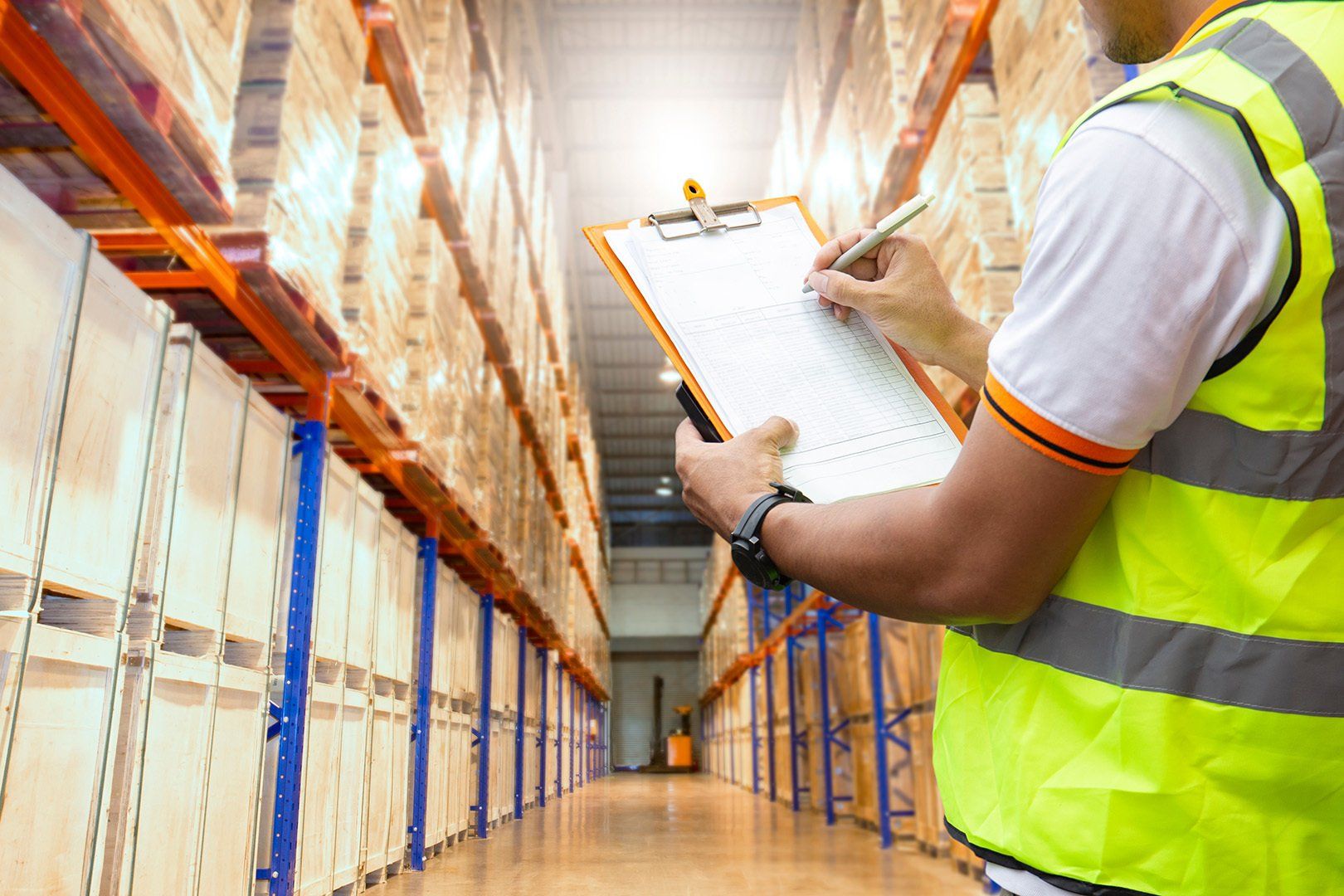
Easily contact us on
All Rights Reserved | Global Pacific Services





